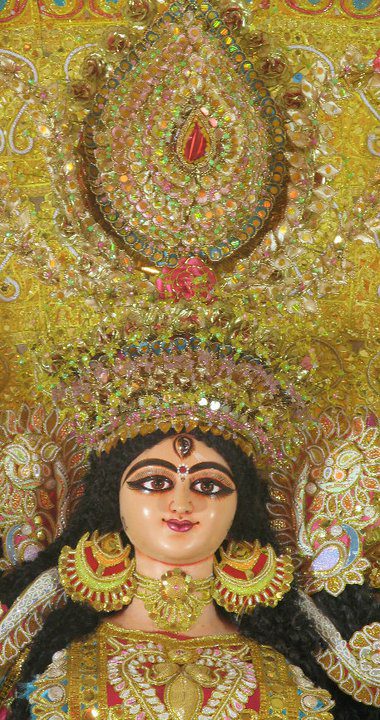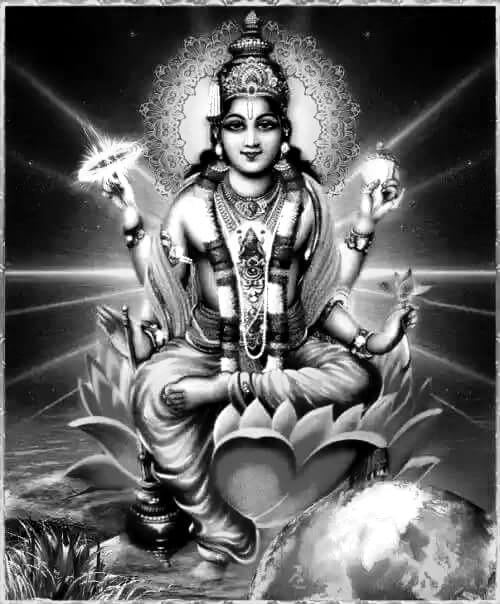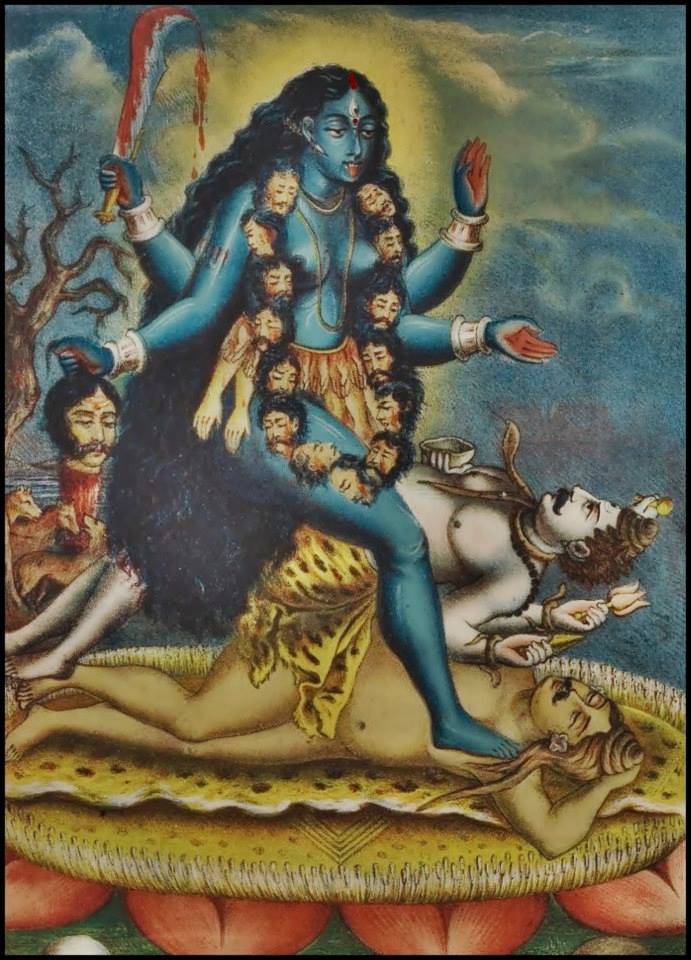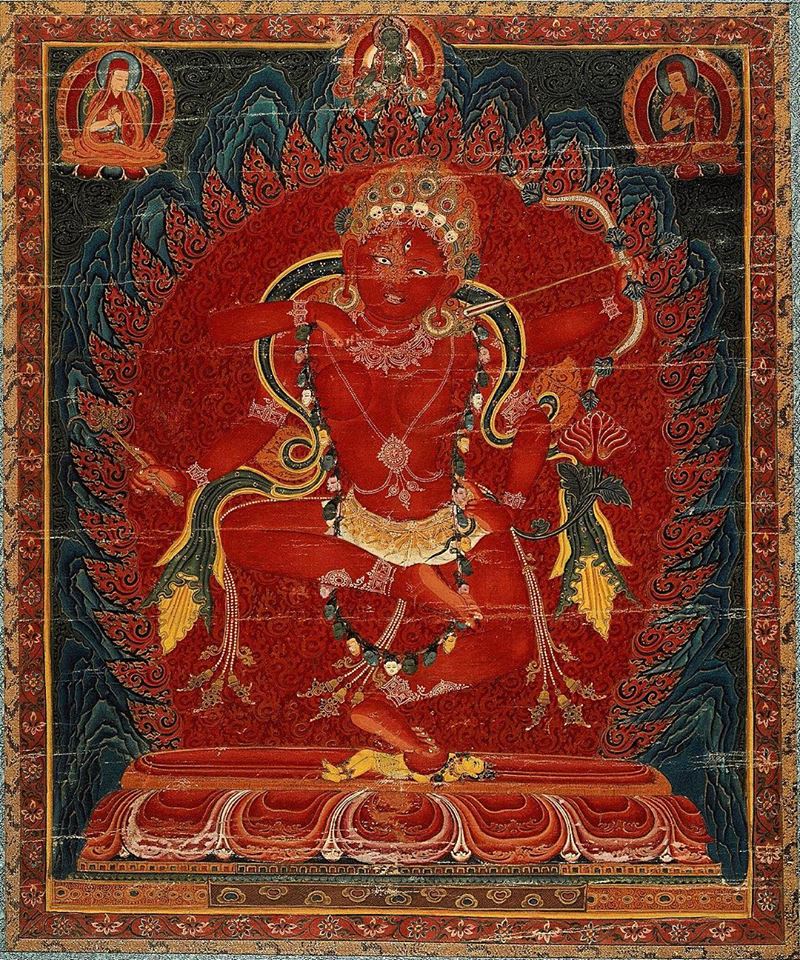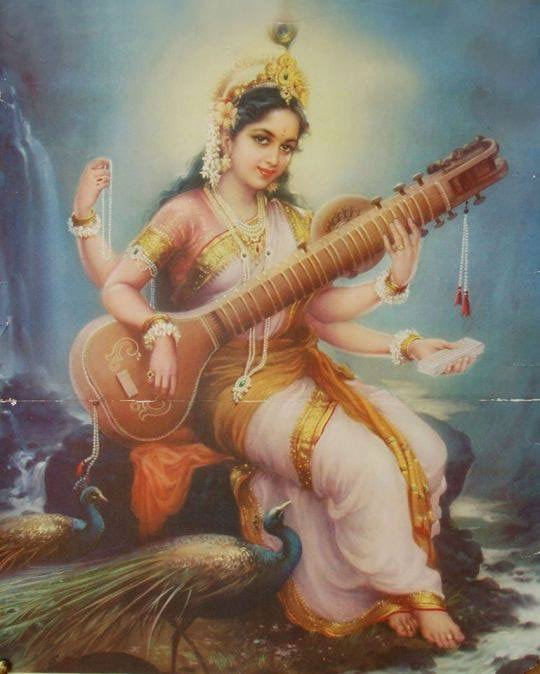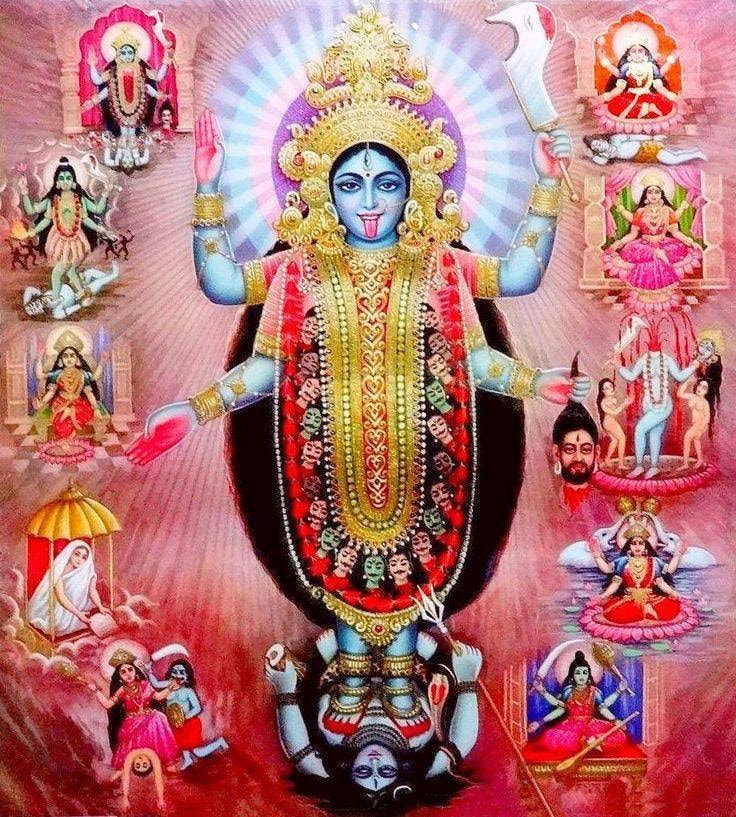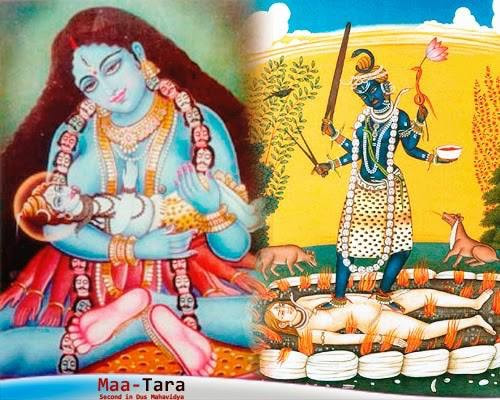By Shrikanth Krishnamachary
Published in Indic Today on January 14, 2019
The custom of Sati is among the widely cited and the most reviled of Hindu practices, despite being more or less extinct for nearly 190 years. Long after its ban in 1829, Sati remains in public discourse by virtue of being a polemical weapon.
Whenever there is a defense of any tradition, the common heard retort is –
“Oh…what about Sati? Was that not also a tradition? Did we not get rid of that?”
More often than not, this weapon is used rather liberally in contexts where it is out-of-place. Recently the journalist and political commentator Rajdeep Sardesai used Sati as a polemical weapon while arguing in favor of changing the rules of admission at the shrine of Shri Ayappa at Sabarimala.
Sati remains alive not just in Indian public discourse, but also continues to fascinate the West, some 300 years after modern Europeans first encountered the practice. It is used as a polemical tool by some to denigrate the rituals and culture of Santana Dharma.
For some outsiders of a feminist persuasion Sati is a convenient stick to critique the “treatment of women” in traditional India. For others of a more religious disposition, it is a stick to critique Indian religion, and make a case for the superior “Christian” civilization.
Misconceptions
In the West for much of the past 300 years, Sati has been mis-translated as the practice of “widow burning” – implicitly suggesting murder. This is despite the fact that Sati for the most part was a voluntary act. The great Harvard political philosopher, Harvey Mansfield, once invoked Sati in an interview with the Harvard review of Philosophy in 1993, while critiquing multi-culturalism in the West.
Here’s what he said –
“To appreciate another culture one should really try to see where it disagrees with ours, and why it does so. For example, why did the Hindus burn widows on the funeral pyre? It’s not enough to simply reject that out of hand as an oddity…Why did they do that? What was the reasoning behind that? …. In other words, what are the arguments on its behalf?”
To be perfectly honest, Mansfield’s questions are valid.
However the Hindu response to these questions has been somewhat confused, often defensive, and sometimes resigned, with the odd exception. Among Indian progressives / liberals, the responses have tended to border on self-flagellation. Among the more right-wing Hindus, the responses go typically like this –
Response 1: “Oh…Sati was an incredibly rare practice, exaggerated by missionaries and dishonest East India officials”
Response 2: “Oh. Sati was non-existent in Ancient India. It is a medieval practice that arose in reaction to Muslim depredations among certain royal houses”
While it is true that Sati was a rare occurrence and that its incidence increased in medieval India, these responses are not entirely honest. Firstly there is a tendency to conflate the medieval practice of Jauhar in north-west India with Sati, a much older practice that predates it by many centuries. Secondly these somewhat defensive responses do not acknowledge the long history of Sati in India and the several arguments both for and against it within the Hindu tradition over the past two millennia.
The Indian liberal reaction in contrast is one of self-flagellation. This response has its own problems. It doesn’t acknowledge the relative rarity of the practice. It is oblivious to the numerous critiques of Sati within the Hindu establishment for much of the past 1500 years. So Indian responses have mostly disappointed.
There are some exceptions like the early 20th century historian Anant Sadashiv Altekar, whose work – “The Position of Women in Hindu civilization” published in 1938, remains a classic and is well worth reading to understand Sati, among other things. This essay is an attempt to trace Sati as a practice over the past 2000+ years. While I have referred some primary sources, many of the pointers are taken from Anant Altekar’s fine work.
Widows in Vedic literature
The practice of the widow sacrificing her life upon her husband’s death is not unique to India. It has been observed among Thracians by Heredotus, Manchus in China in later times, and also among ancient Scandinavians. But these were not very widespread practices. It is quite likely that the practice was more prevalent among the warrior class and arose from the belief possibly that the departed may require all their “possessions” in the next life.
In an Indian context, what strikes us is the total absence of Sati in the Vedic period. There is neither an intellectual justification of widow self-immolation in any of the Vedic texts, nor a narrative reference to an actual occurrence. In Rig Veda, Mandala 10.18.7/8 in fact implicitly exhort the widow to live on
इमा नारीरविधवाः सुपत्नीराञ्जनेन सर्पिषा संविशन्तु
अनश्रवो.अनमीवाः सुरत्ना आ रो हन्तु जनयोयोनिमग्रे
उदीर्ष्व नार्यभि जीवलोकं गतासुमेतमुप शेष एहि
हस्तग्राभस्य दिधिषोस्तवेदं पत्युर्जनित्वमभि सम्बभूथ
Translation – Ralph Griffith
“Let these unwidowed dames with noble husbands adorn themselves with fragrant balm and unguent. Decked with fair jewels, tearless, free from sorrow, first let the dames go up to where he lieth. Rise, come unto the world of life, O woman: come, he is lifeless by whose side thou liest. Wifehood with this thy husband was thy portion, who took thy hand and wooed thee as a lover”
So clearly there is no explicit encouragement to the woman to ascend the funeral pyre here. In the Atharva Veda (Book 18), there is another hymn, which is even more unambiguous in encouraging the widow to have a family. Here is the verse
इयं नारी पतिलोकं वृणाना नि पघत उप त्वा मर्त्य प्रेतम ।
धर्मं पुराणमनुपालयन्ती तस्यै प्रजां द्रविणं चेह धेहि ॥
Translation from Hindi (Ram Sharma Acharya)
“O Dead man. This lady who cares for your lineage to continue, is practicing her Swadharma, and is now going to come near you. But let her in future have kids, grandkids, and prosperity”
This suggests that while the lady was present near the pyre and lay beside her husband in a symbolic way, after the funeral she was encouraged to live on and even remarry if necessary. So it is clear that at least in the early to middle Vedic period, there was no mention of Sati, nor was it likely practiced.
Even the later layers of Vedic literature like the Brahmanas and Upanishads do not mention Sati or anything even approaching it. In the Asvalayana Grihya Sutra, we have this verse, which in the latter part interestingly cross-references the Rig Veda verse we have already encountered.
तामुत्थापयेध्येवरः पतिस्थानीयोऽन्तेवासी जरध्यासो
“उधीर्षःव नारि अभि जीवलोकम्” इति
Translation (Hermann Oldenberg)
“After the wife lies beside the corpse at the funeral, her brother-in-law, being a representative of her husband, or a pupil of her husband, or an aged servant, should cause her to rise from that place with “Arise, O wife, to the world of life”.
What’s interesting is that the Rig Vedic injunction referred to earlier in the thread (Arise to the world of life) is invoked in this Grihya Sutra verse many centuries later. This shows the consistency of thought at work over a very long period of time.
Rig Veda Mandala X probably belongs to an epoch that is definitely some centuries preceding 1000 BCE. While Asvalayana Grihya Sutra is a much later text probably belonging to 600-700 BCE. Yet you see a verse in the latter referencing the former, to drive home the same positive point.
In roughly the same epoch, in the Taittareya Āranyaka text, we come across this verse –
धनुर्हस्तादाददाना मृतस्य श्रियै क्ष्त्त्त्रायौजसे बलाय
अत्रैव त्वमिह वयँ सुशेवा विश्वास्स्पृधो अभिमातीर्जयेम
Translation (paraphrasing Altekar’s):
“On returning from the funeral pyre, the widow brings back with her the husband’s instruments like bow, jewels, etc. We hope the widow and her relatives can lead a prosperous life”
The early Buddhist literature (Pali canon) does not discuss Sati either. So it is clear that Sati was most likely non-existent in the centuries succeeding Buddha (5th to 3rd century BCE). Sati is not mentioned by Megasthenes and Kautilya (~300BCE). Nor is it prescribed in the early orthodox Smritis of Manu and Yajnavalkya (dated variously between 300BCE and 300CE).
Niyoga in pre-classical India
In fact right up to the beginning of the Common Era, widows were not just encouraged to live on, but there was also the practice of Niyoga wherein a relative of the dead husband could potentially be authorized to have a kid with the dead man’s wife if he died childless. But post 300BCE criticisms started brewing in orthodox Hindu society against Niyoga – a practice admittedly liable to great misuse.
Here’s Manu on Niyoga. He first describes Niyoga but also condemns it, which suggests that even in his time, the practice was not totally extinct.
देवराद् वा सपिण्डाद् वा स्त्रिया सम्यक्नियु क्तया ।
प्रजेप्सिताऽऽधिगन्तव्या सन्तानस्य परिक्षये ॥ ५९ ॥
Translation (Ganganath Jha):
“On failure of issue, the woman, on being authorized, may obtain, the desired offspring, either from her younger brother-in-law or a ‘Sapiṇḍa’ “
विधवायां नियुक्तस्तु घृताक्तो वाग्यतो निशि ।
एकमुत्पादयेत् पुत्रं न द्वितीयं कथं चन ॥ ६० ॥
“He who has been authorized in regard to a widow shall, anointed with clarified butter and with speech controlled, beget, at night, one son,—and on no account a second one”
But notice Manu here –
विधवायां नियोगार्थे निर्वृत्ते तु यथाविधि
गुरुवत्च स्नुषावत्च वर्तेयातां परस्परम्
“When the purpose of the ‘authorization’ in regard to the widow has been accomplished, the two should behave towards each other like an elder and a daughter-in-law”
But Manu was not happy with Niyoga, and positively discourages it
ततः प्रभृति यो मोहात् प्रमीतपतिकां स्त्रियम्
नियोजयत्यपत्यार्थं तं विगर्हन्ति साधवः
“Whenever anyone, through folly, ‘authorizes’ a woman whose husband is dead, to beget children,—him the good men censure”
While the discussion on Niyoga may seem like a digression in a Sati thread, it is important to understand it. It clearly suggests that the whole idea of widow self-immolation would have been anathema in a society that was worldly enough to explore Niyoga to keep the lineage alive.
Earliest literary instances of the practice: Sati in the two Itihasas
In the two epics of Mahabharata and Ramayana, Sati is extremely rare. In Ramayana, there is one case of Sati in Uttara Kanda, but not in the main epic. In Mahabharata we have the famous case of Pandu’s second wife Madri who becomes a Sati. Even in the case of Madri, at least in some recensions, the sages and well-wishers urge her against Sati. But Madri is adamant as she regards herself as responsible for Pandu’s death and is suffused with guilt. So it is perhaps closer to a guilt-driven suicide than a case of Sati
While Madri is no doubt a very early Sati case in the history of Indian literature, she is an exception and not the rule. Even in Mahabharata, there is no other widow who undertakes Sati, though this is a story of warrior widows.
In contrast Niyoga still is prevalent in the Mahabharata epic. Most famously we have the instance of Vichitravirya’s wives – Ambika and Ambalika (and their maid), bearing sons through Veda Vyasa, who was Vichitravirya’s half-brother.
So right up to 400 CE or so, when the epics were finally set in their present form, Sati was hardly known in much of India. Nor was there a single intellectual justification or argument in its favor in the very vast corpus of Vedic literature and Dharma texts.
Earliest historical instances of Sati
We have discussed the earliest instance of Sati in “literature” which is most likely that of Madri in Mahabharata. But what is the earliest historical occurrence of Sati that we know of? The earliest historical occurrence is widely acknowledged to be that of the wife of the Hindu general Keteus who died in 316BC fighting against the Greek Antigonus. Keteus had 2 wives. As with Pandu’s wives, both of Keteus’ wives were eager to die but the younger one got her wish.
But this is a very early instance of Sati, which seems a bit out of place, as the literature of that period is totally ignorant of Sati. Post this instance, we don’t get to hear about Sati for a long while except for the Madri exception in Mahabharata.
Gradual rise in Sati’s popularity
But in the first few centuries of the Common Era, there is change in the air. Ideals of asceticism have become increasingly popular in society, and this is reflecting in the literature of the time.
Poets and dramatists of the classical period (200AD to 600AD) are gradually becoming aware of Sati. And this is reflecting in their writings. Most notably Bhasa, Vatsyayana, Kalidasa and even Shudraka.
In Bhasa’s Urubhanga and Duta Ghatotkacha, we see the dramatist deviating from the older Mahabharata epic. In these plays we see the wives of Abhimanyu, Duryodhana and Jayadratha committing Sati, unlike in the Mahabharata epic.
This is also the time when we see more historical occurrences most notably that of King Harsha’s mother (circa 7th century AD). She commits Sati even before her husband’s death (Harsha’s father) as there is no chance of his recovery from poor health. Around this time, we also note the emergence of a new generation of Dharma texts that are more sympathetic to the practice, though they don’t necessarily mandate it, most notably Vishnu Smriti, and Parāśara Smriti – two very late Dharma texts of the second half of the 1st millennium CE
In Parāśara Smriti, we come across this verse –
तिस्त्रः कोट्योडर्धकोटी च यानि रोमारि मानुषे
तावत्कालं वसेत्स्वर्गे भर्तारं यानुगच्छति
“If a woman follows her departed lord, , she will dwell in heaven for as many years as there are hairs on the human frame- which will reach the number of 3 crores and a half”
So there is a change in climate at work here. Practices like Niyoga are now clearly a thing of the very ancient past. While the reform on that front was perhaps desirable, there was overcompensation in the other direction. Sati now did become idealized as a remarkable religious act of great merit. Nevertheless it was still extremely rare, and hardly obligatory.
Critiques of Sati in the tradition
But this change in climate was also greatly opposed by other contemporary thinkers (E.g.: Medathithi, Bana). So it did not result in any major increase in the incidence of Sati. Medhathithi was among the earliest commentators on Manu Smriti. He is usually placed after 8th century CE. His writings show that this inclination towards Sati among some Smriti writers was vociferously opposed by others like himself. In his commentary on Manu, Medhathithi argues –
“As in the case of men, even for women suicide is forbidden. As for what Aṅgirasa has said—‘they should die after their husband’,—this also is not an obligatory act, and so it is not that it must be done”
The poet Baṅa, who lived in the 7th century was horrified by the emergence of Sati
“To die after one’s beloved is most fruitless. It is a custom followed by the foolish. It is a mistake committed under infatuation. It is a mistake of stupendous magnitude”
Tantra literature also is very clear in opposing the emerging trend of Sati (albeit voluntary in character) “The Woman is the embodiment of the supreme goddess and if a person burnt her with her husband, he is condemned to eternal hell” (Source: Mahanirvana Tantra)
Sati in Medieval times
But Sati grew in popularity particularly in Kashmir, where several historical occurrences of the same are documented in Kalhana’s history (Rajatarangini – the great 12th century work). It remained rare everywhere else. In fact the oldest Sati stone in Rajputana dates only to 838AD
Rajatarangini of Kalhana documents several Satis as well as aborted Sati attempts. Most notably the Kings Kalasha and Utkarsha were followed in death by their wives as well as concubines. The famous Kashmiri queen Didda of 10th century avoided Sati by bribing a minister to come to the cremation ground and dissuade her from getting on the pyre. An intriguing strategem.
Sati cases are also common in the 11th century work Kathasaritasagara – possibly written in Kashmir. But outside of Kashmir, Sati remains extremely rare, notwithstanding the tacit support for it in some late Smriti works of the time like Parāśara Smrti and Angirasa Smrti.
In the coming few centuries, Sati did become fairly prevalent among ruling Rajput families. This was also the period of the rise of Jauhar. But it remained barred for Brahmins. Even as late as 15th century, it was primarily a Kshatriya practice. In the Deccan, Sati was an outlier event and extremely rare.
In medieval times, we hear more about Sati from the travels of Europeans. When Ajit Singh of Marwar died in 1724, 64 women mounted the pyre. However when Shivaji died, just one of his wives became a Sati. But notwithstanding the rise in incidence, there is little to suggest that the practice had lost its voluntary character
There is an 11th century inscription in Karnataka that tells of a lady named Dekabbe who would not listen to her parents and insisted on mounting the pyre. Much later in 18th century we have the instance of the great Ahilyabai Holkar’s own daughter Muktabai, who became a Sati in 1792, despite the entreaties against the same by her great mother.
Tavernier, a 17th century traveler, tells of an instance where a girl of 22 went to Patna to show the ruler there that she was a willing party by burning her hands till they were reduced to ashes.
In terms of the rarity of the practice, Altekar estimates that even at the peak of its prevalence in the medieval period, perhaps one in thousand Indian widows became a Sati. Though he also speculates that the percentage was way higher among Rajput rulers (possibly 25% in his words).
Sati in 19th century
Now let us fast forward to East India Company rule in early 19th century. This was when we started collecting more concrete numbers on Sati cases, often through missionary organizations. Here are the number of Sati occurrences from Bengal between 1815 and 1828.
Place # Sati cases : 1815 to 1828
Calcutta 5099
Dacca 610
Murshidabad 260
Patna 709
Bareilly 193
Benares 1165
Now the numbers collected in early 1800s strike us as odd, in part because of the very high concentration in Bengal – a region not hitherto associated with Sati. This is surprising, given that historically the practice was far more prevalent in Kashmir and Rajputana than in Bengal.
Though a total volume of under 10,000 cases over a 13 year period may not be very big. But there is definitely room to be sceptical about these numbers, as argued in Meenakshi Jain’s fine work on the subject.
The final blow to Sati came in 1829 when William Bentinck banned it all over British India. But this was for the most part received well by Indians. In fact many Indian rulers had already taken measures against Sati before Bentinck’s ban.
Had it been a practice with very wide support, there definitely would have been far greater opposition to the ban placed on it than what was observed in the 1830s. Some thinkers like Radhakanta Deb (of the conservative Dharma Sabha) opposed the ban as they felt it was an interference in Indian matters by a foreign hand. But these were anomalous reactions without serious popular backing.
That brings us to the conclusion of the piece. While Sati has a long and checkered history, it has been banned for over 190 years. It is very much a thing of the very distant past, and we have no living memory of it. It was always a marginal practice. Nevertheless studying its history teaches us a lot about Indian intellectual history.
References:
AS Altekar’s Position of Women in Hindu civilization
Rig Veda translation- Ralph Griffith translation
Atharva Veda Samhita translation : Ram Sharma Acharya
Manu Smrti – Ganganath Jha
Source: http://bit.ly/2AVz79Z
Image:
Painting; gouache, Sati Ceremony, Tanjore, 1800
Credit : Copyright: © Victoria and Albert Museum, London




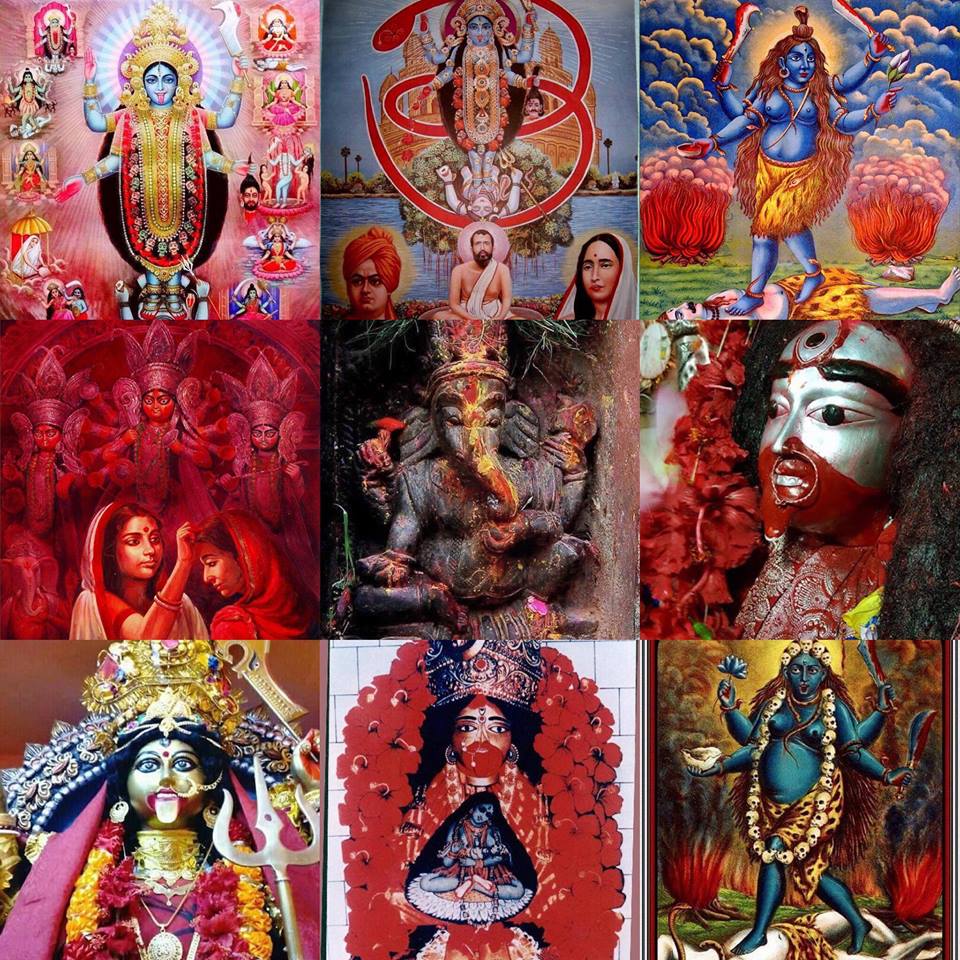
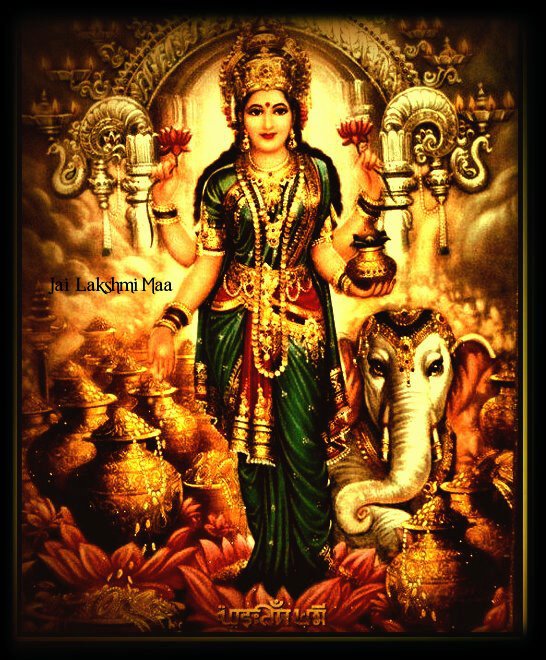

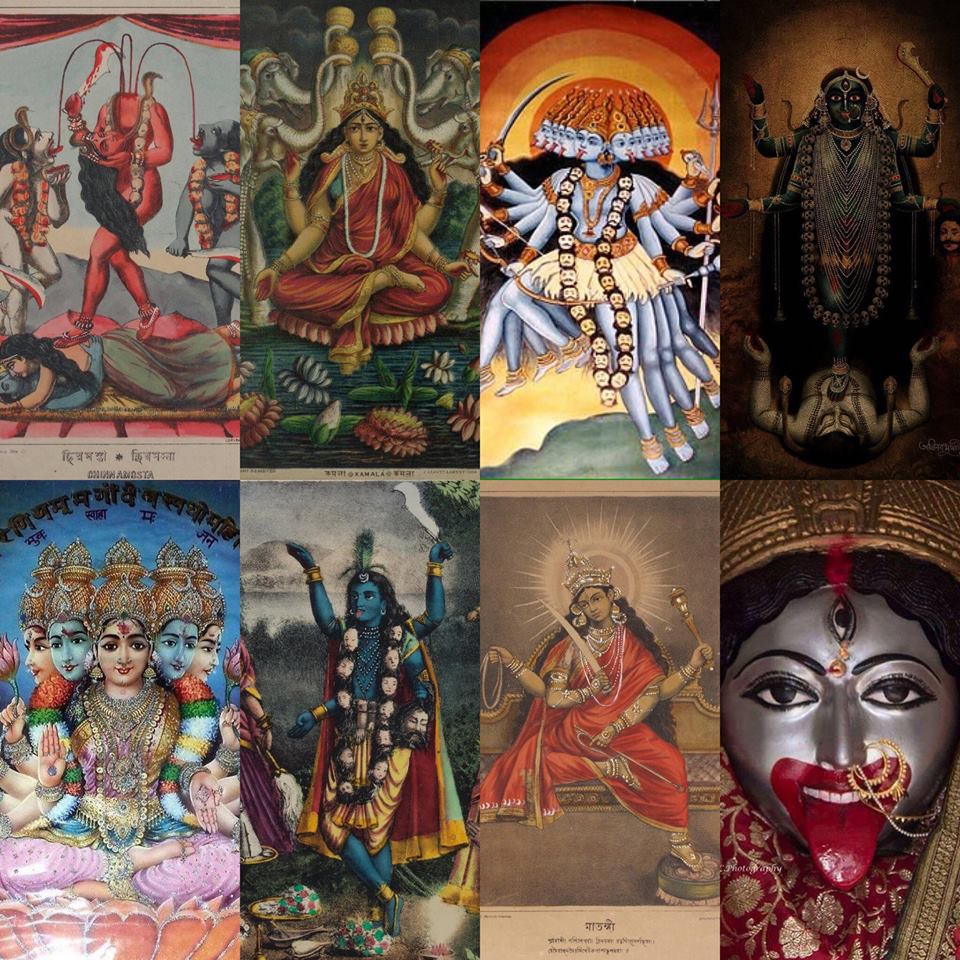
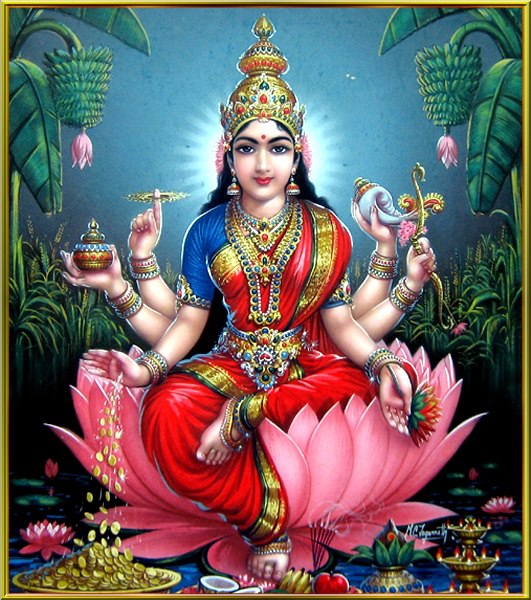



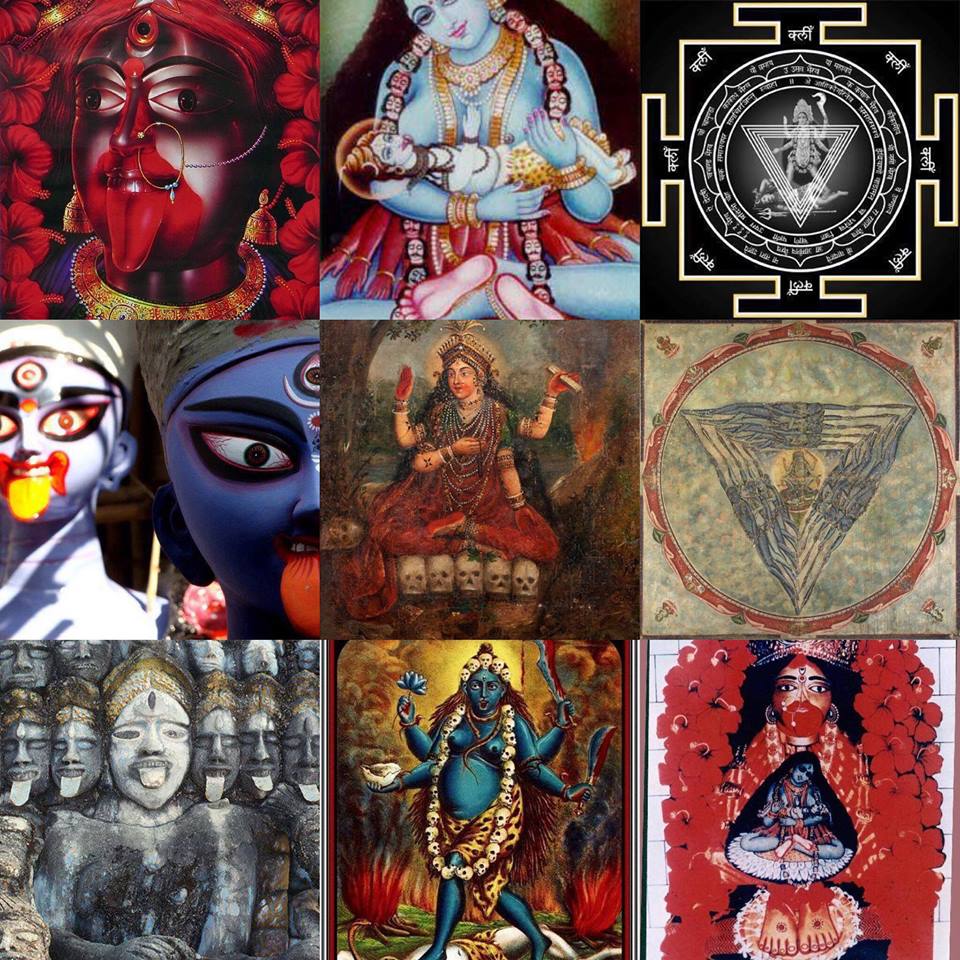


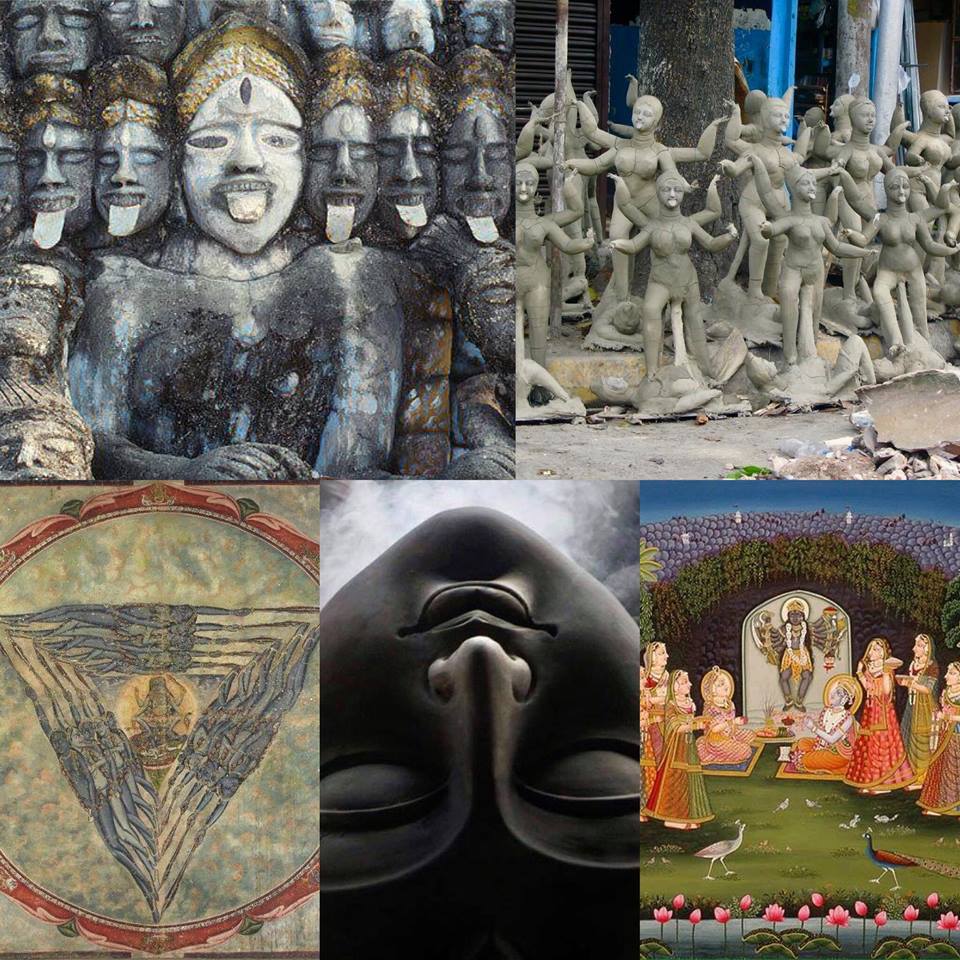







 RSS Feed
RSS Feed













































